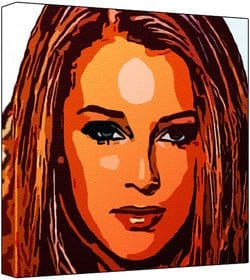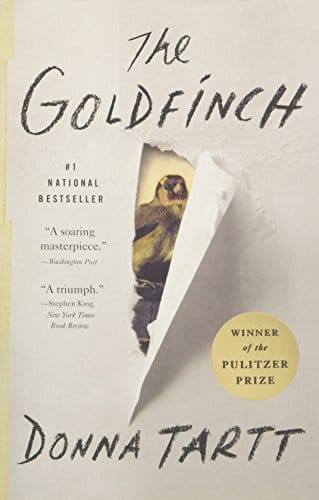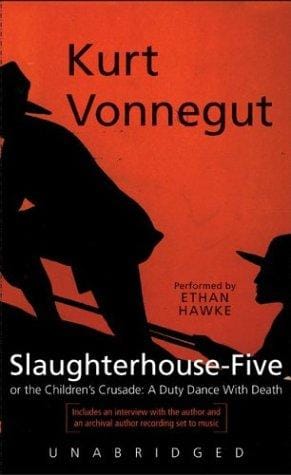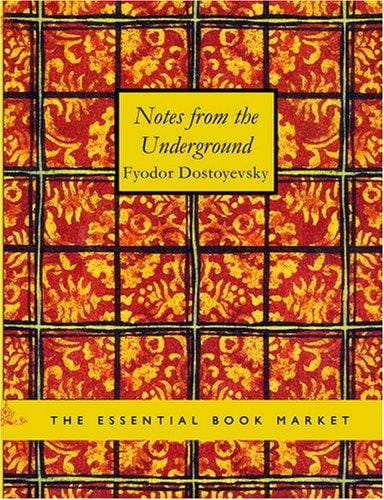Understanding "Pale Fire": A Deep Dive into Nabokov’s Shimmering Masterpiece
Explore Vladimir Nabokov’s dazzling novel Pale Fire: plot, themes, structure, and why it still fascinates readers today.
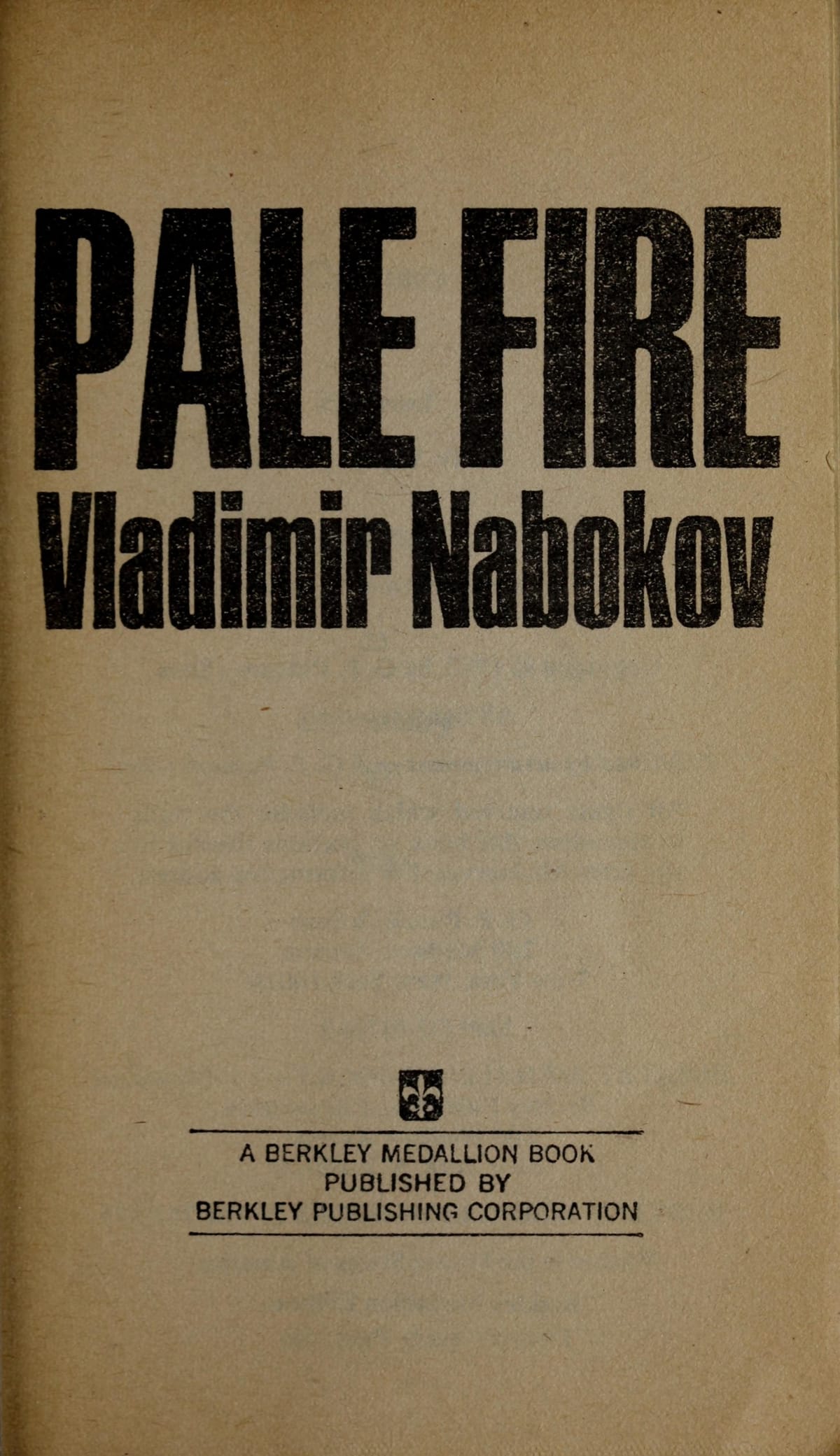
Introduction to Pale Fire
First published in 1962, Vladimir Nabokov’s Pale Fire continues to dazzle readers with its wit, complexity, and playful narrative structure. Half epic poem, half metafictional whodunit, the novel invites us to question the nature of authorship, truth, and storytelling itself. By blending a 999-line poem by the fictional John Shade with a sprawling, obsessive commentary by his self-appointed editor Charles Kinbote, Nabokov creates a literary hall of mirrors that rewards careful attention and multiple rereads. This article offers an 800-word guide to the book’s plot, form, themes, and enduring influence, helping new readers unlock its many layers while giving longtime fans fresh angles to ponder.
Plot Synopsis in Brief
The novel opens with a foreword by Charles Kinbote, an exiled professor living in the New England college town of New Wye. Kinbote claims to have been Shade’s close friend and confidant during the composition of "Pale Fire," the poem that gives the novel its title. After the foreword, Nabokov presents Shade’s complete poem—four cantos meditating on life, death, art, and the tantalizing possibility of an afterlife. Shade was shot and killed on July 21, 1959, shortly after finishing the final couplet. Kinbote then provides line-by-line endnotes, ostensibly to clarify references and preserve the poet’s intent.
Yet very quickly the reader realizes something is off: Kinbote’s notes digress into tales of Zembla, a distant northern kingdom from which he claims to have fled after a revolution. He insists that Shade’s poem covertly tells the story of Zembla’s deposed King Charles the Beloved—none other than Kinbote himself. The assassination, he says, was meant for him; Shade merely became collateral damage. Whether any of this is true remains ambiguous, forcing readers to sift through conflicting versions of reality and to decide whose voice, if anyone’s, can be trusted.
Form and Narrative Structure
Pale Fire is a landmark of postmodern literature largely because of its audacious structure. The novel is presented as a critical edition: title page, foreword, poem, commentary, and index. Nabokov thus parodies academic scholarship while exposing its power to recast a primary text according to the commentator’s agenda. The novel also foregrounds the idea of reader participation. Because Kinbote’s notes leap forward and backward through the poem—and often ignore the lines they purport to explain—the book practically begs readers to flip pages, draw connections, and create their own pathways through the narrative. In doing so, Nabokov anticipates the nonlinear experience of hypertext decades before the internet became mainstream.
Major Themes and Motifs
Art versus Reality
Shade’s poem seeks transcendence through artistic order, while Kinbote commandeers that order to serve his chaotic personal myth. The tension raises timeless questions: Is art a refuge from reality or a means of manipulating it? Can an author ever control how a work will be interpreted once it leaves their hands?
Unreliable Narration
Kinbote is one of literature’s great unreliable narrators. His footnotes, steeped in paranoia and narcissism, cast doubt on every claim he makes. Even the seemingly objective index is peppered with his self-glorifying annotations. Nabokov uses this instability to remind us that every story is filtered through a subjective lens, whether acknowledged or not.
Identity and Exile
Both Shade and Kinbote grapple with feelings of estrangement. Shade mourns his daughter’s suicide and wonders about life’s ultimate meaning; Kinbote, if he is indeed King Charles, is literally stateless. Their parallel exiles explore how personal identity can fracture under trauma, grief, or displacement.
Fate and Coincidence
Throughout the novel Nabokov sprinkles coincidences—recurring numbers, mirrored events, scrambled names—that suggest an underlying pattern to existence. Yet every pattern can be dismissed as chance. The reader oscillates between seeking design and accepting randomness, mirroring Shade’s own philosophical quest.
The Role of the Reader
Few novels make the reader work as actively as Pale Fire. Because Kinbote’s commentary regularly contradicts Shade’s poem and even itself, we become de facto editors, piecing together a coherent narrative from the fragments. This interactive element is more than a clever trick; it underscores Nabokov’s belief that literature achieves its fullest power when reader and text collaborate to create meaning. In today’s digital culture of hyperlinks and fan theories, the novel’s call for participatory reading feels especially prescient.
Legacy and Cultural Influence
More than sixty years after its publication, Pale Fire remains a touchstone for writers interested in metafiction, unreliable narrators, and novels-within-novels. Its fingerprints appear in works as diverse as Italo Calvino’s If on a Winter’s Night a Traveler, David Foster Wallace’s Infinite Jest, and the screenplay of Charlie Kaufman’s Adaptation. The book has also sparked a cottage industry of academic articles and fan websites, some of which map out intricate chronologies of Zembla or attempt to identify the "real" killer. In a delicious twist, these projects replicate Kinbote’s obsessive scholarship, blurring the line between critique and creation.
Why Read Pale Fire Today?
For contemporary readers inundated with competing narratives—from social media feeds to 24-hour news cycles—Pale Fire offers both a cautionary tale and an exhilarating playground. It warns us about the seductive power of authoritative commentary while inviting us to embrace ambiguity and intellectual play. The novel is also wickedly funny: Kinbote’s pomposity, Shade’s gentle irony, and Nabokov’s linguistic fireworks result in page after page of quotable lines. Finally, the book’s meditation on chance, death, and artistic immortality speaks directly to twenty-first-century anxieties about legacy and meaning.
Tips for First-Time Readers
1. Do not rush. Flip back and forth between poem and commentary; the novel is built for it.
2. Keep notes. Tracking Zemblan names, dates, and motifs will enrich your understanding.
3. Read aloud. Shade’s verse is musical, and hearing it clarifies Kinbote’s distortions.
4. Embrace uncertainty. The novel is less about solving a puzzle than about experiencing multiple possible truths.
Conclusion
Pale Fire is not just a novel; it is a game, a poem, a satire, and a philosophical inquiry rolled into one shimmering text. By confronting us with clashing voices and shifting realities, Nabokov invites us to question how stories are told and who gets to tell them. Whether you come for the wordplay, the mystery, or the academic parody, you will leave with a renewed appreciation for the boundless possibilities of fiction.
